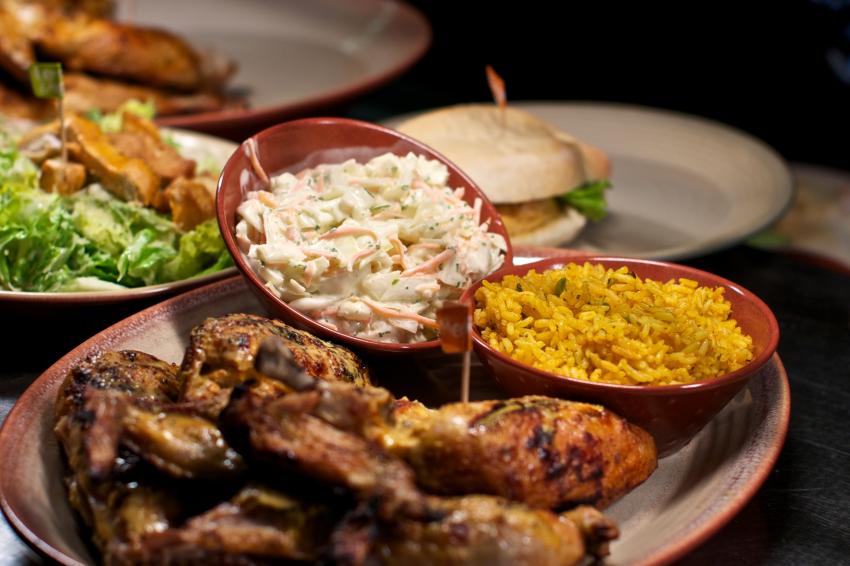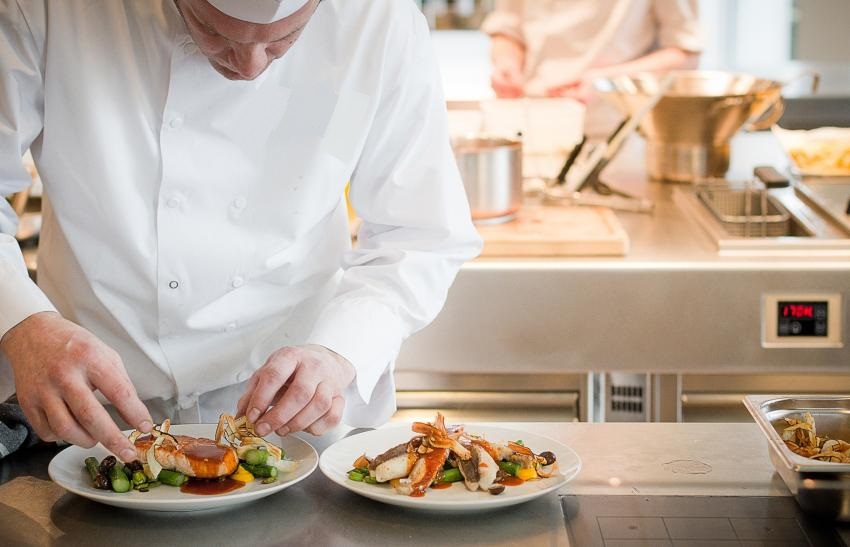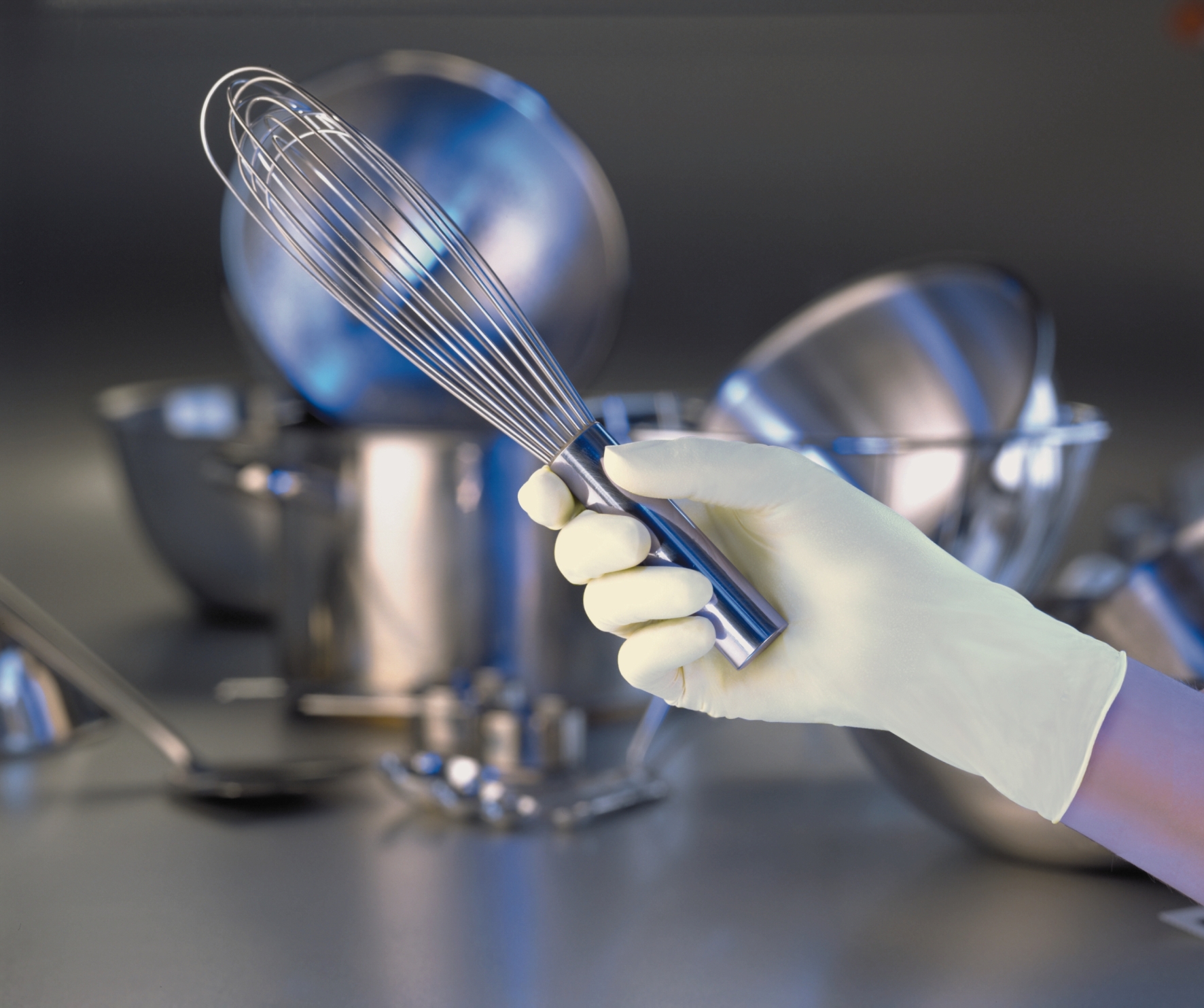Safe Handling of Leftovers in Foodservice Operations
In any foodservice operation, leftovers are inevitable. After managing a family-style restaurant, where all-you-can eat sides were offered to almost every table, and having banquet space in-house, I became well versed in how to handle leftovers. It does not matter if it is uneaten portions from a buffet, prepped ingredients, or food returned from a catered event, proper handling of leftovers is critical to prevent foodborne illness and making sure you abide by the food safety requirements outlined in the food code.
Mishandled leftovers can quickly become a breeding ground for bacteria, leading to serious health risks. While experts are unable to pinpoint the exact number of foodborne illnesses attributed to leftover food specifically, it is thought to be relatively high due to the complex nature of how the food is handled. Here are some pointers on how to handle leftover food in your operation.
…mishandled leftovers can quickly become a breeding ground for bacteria, leading to serious health risks…
To Re-Serve or Not?
The first question to ask is if leftover food can be used again. While it is obvious to most, plate waste and food placed on the table that is not pre-packaged should never be served again. For example, dinner rolls served in a common breadbasket should be tossed. But those oyster crackers that are pre-packaged and unused can technically be reserved if the original package is intact. The safest practice is not to re-serve any food that has been exposed to customers, except for sealed, protected items, or properly stored prepped food that has never left a controlled environment.
Cool Quickly
One of the biggest risks with any food that has been leftover, or really any food that is cooked, cooled, and then reheated for later service is when food stays in the temperature danger zone for too long. To minimize this risk, leftovers must be cooled rapidly. Large portions should be divided into shallow containers to allow faster heat loss. Use ice baths, blast chillers, or refrigeration to bring the temperature down below 41°F or below within two hours of cooking.
Store Properly
Storing food property is key to preserving quality and safety. Leftovers should be stored in clean, food-grade containers with tight-fitting lids. Label each container with the date and time the food was cooked and stored. First in, first out principles should always be applied. Be mindful of how you store food in your reach-in or walk-in coolers, making certain you store raw and cooked foods separately to prevent cross-contamination. Avoid overpacking refrigerators or freezers, which impedes air circulation and can prevent food from cooling properly.
Reheat Safely
When it’s time to serve leftovers, they must be reheated to an internal temperature of 165°F for at least 15 seconds. Use food thermometers to ensure accuracy, especially with thick items or mixed dishes. Reheat only the portion that will be used immediately; repeated reheating increases the risk of bacterial growth and diminishes food quality. Do not reheat food in steam tables or slow cookers, which are not designed to heat large quantities of food quickly.
Train Staff and Enforce Protocols
As we have discussed in this blog countless times before, food safety starts with well-trained and knowledgeable staff. Ensure all employees understand proper cooling, storage, reheating, and labeling procedures. Regularly audit practices, provide refresher training, and encourage a culture of food safety accountability.
By being selective of the food we keep and re-serve, cooling food that we do keep quickly, reheating properly, and training staff, your operation can reduce waste while maintaining the highest food safety standards. Remember: when it comes to leftovers, safety always comes first.
Don’t forget to check out our most recent SafeBites Webinar, “Leveraging Technology for Better Food Safety Compliance and Monitoring!” If you have any topics you’d like to have addressed in 2026, please reach out and let me know. Risk Nothing.
READ MORE POSTS
The Basic Principles of Food Safety
Every food establishment uses, processes, and sells food in different ways. However, the general issues and key principles of food safety remain the same, whatever the style of the operation. All food safety training programs should contain the “big 3” factors that could cause food to become unsafe. Food must be kept out of harms way from human errors, but if you don’t train food workers what they are, they won’t know why these factors are so important to your operation. The basics can make us or break us in one or maybe two food handling mistakes.
Be Aware When You Prepare – Food Prep Tips
The subject of food preparation covers some very broad, basic principles within food safety, with many steps associated with “risk” in some recipes. Certainly, preparation steps are where the most mistakes have occurred if a foodborne illness should occur. Outbreaks usually happen when more than one mistake occurs during prep, but sometimes it only takes one. Cooking is the biggest risk for raw foods, but all foods become ready-to-eat foods at some point in final preparation steps and that’s where the most care is required.
Food Gloves & Latex Allergy Education
Politicians joke about the endless stretch of rubber chicken dinners they may consume in an election year. For people with a latex allergy, such a prospect may be no laughing matter. While latex serves as an effective barrier glove material and has the best fit because of its elasticity, the risks associated should not be ignored. The solution is not simple and many options are available for operators today. It should always be mentioned that handwashing (before putting on gloves) is always the primary barrier to contamination and gloves are considered a good secondary barrier.
Foodborne Illness Myths & Facts
“It must have been something I ate.” That’s the typical statement when a person develops some relatively minor symptoms from food. Maybe not severe enough to go to the doctor so you choose to tough it out without medical care. Sudden onset of flu-like symptoms such as onset of stomach cramps, diarrhea, vomiting and fever could possibly mean you are the victim of a foodborne illness. The illness is sometimes referred to as “food poisoning”, but it’s often misdiagnosed.










